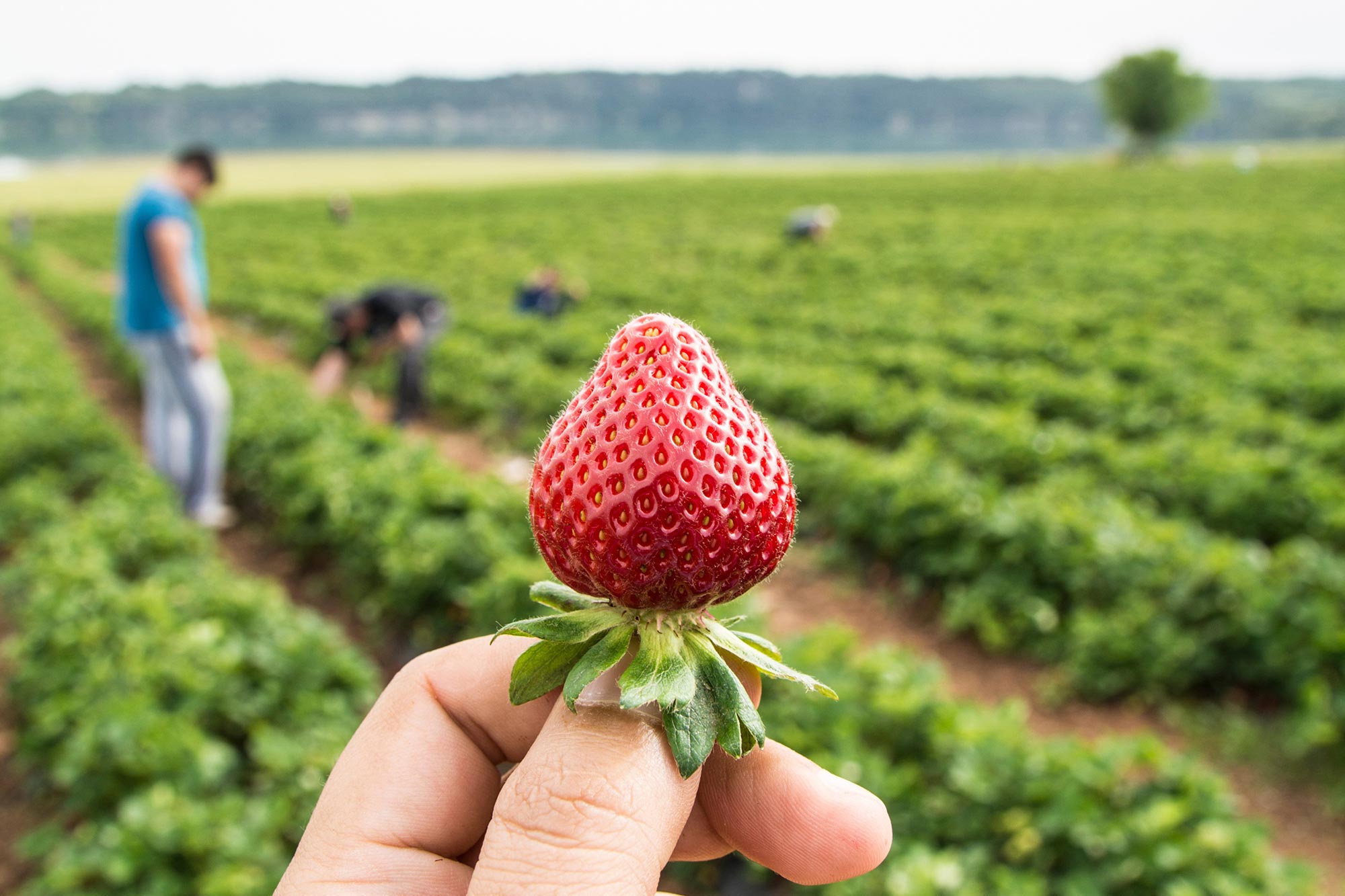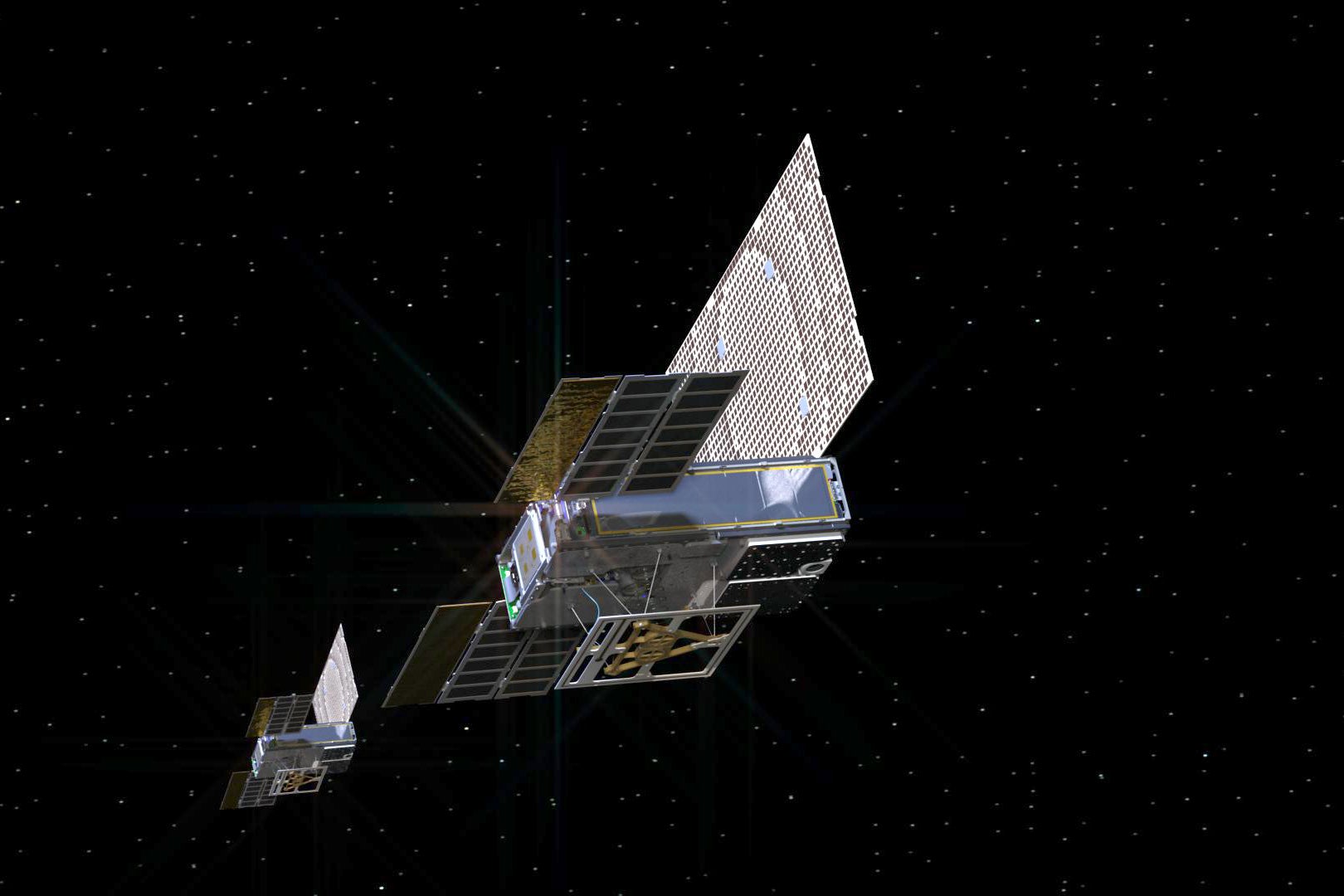Extreme E, an off-road racing series that started this year, aims to prove that internal combustion engines are no longer required in motor sport. New Scientist spoke to Jenson Button about the burgeoning sport
By David Stock
Extreme E, an off-road racing series that started in 2021, aims to prove that internal combustion engines are no longer required in motor sport. It is also a real-world experiment in making racing more sustainable.
To minimise each event’s carbon footprint, the teams’ all-electric Spark Odyssey 21 sports utility vehicles are charged with solar power stored in hydrogen fuel cells. In-person spectators are banned in order to reduce the sport’s carbon footprint, and cars and equipment move between races on a specially modified ship to minimise flights and other forms of travel. On a smaller scale, everyone who attends – the media included – is asked to bring their own bowls, cutlery and cups to eliminate waste.
New Scientist travelled to Bovington Camp – a British Army base in Dorset, UK – for the final race of the season and spoke to Jenson Button, a Formula One world champion and owner of the JBXE Extreme E team, about what the racing series is trying to achieve.
David Stock: What is Extreme E and what makes it different from other motor sport?
Jenson Button: Extreme E is very different from most motor sports because it’s not a combustion engine, it’s electric power with batteries. The great thing about an electric motor is there’s only one moving part, so the reliability is very good. Electric vehicle (EV) power is immediate. You have immediate torque when you get on the throttle. This is not just driving on a motorway or track. We’re driving off-road. It’s very aggressive terrain and it’s really pushing the technology to its limits.
And also it’s obviously a lot greener than a combustion engine. With Extreme E, we also have a hydrogen generator which is charging the cars. push the boundaries and push the technology, and hopefully it’s something we’ll see more widely used in the future.
A JBXE car leads the pack at the Bovington Extreme E race Alastair Staley / Extreme E ltd. 2021
Why did you join Extreme E?
We are definitely going to have sustainable power in the future when it comes to road cars. A lot of manufacturers are now working with EVs. So for us to push the boundaries here, it was really exciting. I still want this to feel like a fun car to drive. We can’t be running around in cars that are four times heavier than their internal combustion engine counterparts. It’s about making [the car] lightweight but also having enough battery power for the distance we need. In the future, I’m sure we’re moving to solid-state batteries [and other] new technologies, but this is a great starting point.
“Extreme E is travelling to destinations that have been massively affected by climate change to bring awareness to those areas”
What excited you most about Extreme E?
The cars themselves are very exciting with 500-odd horsepower, off-road vehicles, with big suspension travel. But we also travel to places around the world I never would have travelled to before. I went to Greenland and Senegal. [One of the aims of] Extreme E is travelling to destinations that have been massively affected by climate change and to bring awareness to those areas.
We also have the legacy programme [a series of collaborations with environmental groups to support local sustainability projects]. We saw the ice in Greenland was brown, dirty-ish looking, which was from the wildfires in North America. Soot sits on the ice when the sun shines and melts them. You could see the massive rivers that occurred from that melting. It’s really sad to see. We were trying to gather as much information as possible for the scientists to study it, to try and help and try and understand what we can do to help.
Jenson Button on the Russell Glacier, Greenland Sam Bloxham / Extreme E ltd. 2021
Why are there no in-person spectators?
Yes, no spectators are allowed on site. The only way to watch is on your TV, which again is a good thing because they’re trying to keep the [carbon] footprint as small as possible.
Will the kind of technology we have seen in Extreme E and Formula E, a track-based racing series for electric vehicles, ever make its way into Formula One?
It’s a tricky one with Formula One, you know, it’s been combustion engine-based forever. It’s going to be a long time if it does change. They’re really pushing biofuels in F1, which is great. Who knows where we’re going to end up in 10, 15 years? Everyone’s trying different things. We have EV here, biofuels in Formula One. The only way we’re going to find a good direction is competition from different power sources.
What can the rest of motor sport learn from Extreme E?
We’re showing that you can have great racing without a combustion engine. We’re hopefully developing the technology for racing on-track and off-track in the future. In terms of people at home, we’re showing what they can do to help the environment and help our kids in the future. It can be the smallest thing, like separating your rubbish from your recycling, or not even buying plastic water bottles so you don’t need to recycle them in the first place. You might think it’s a tiny, minuscule thing, and how is that going to change anything. But if 10 per cent of the population change their behaviour, it’s a massive change in the world.
More on these topics:
Note: This article have been indexed to our site. We do not claim legitimacy, ownership or copyright of any of the content above. To see the article at original source Click Here













